October 9th is Hangul Day (한글날), a day to commemorate the birth of Hangul (Korean alphabet), and one of the five national holidays in Korea.
In this article, we cover the origin of hangul, an ancient document called Hunminjeongeum and how the pronunciations work!
The Origin Of Hangul Day

The earliest origin of hangul can be traced back to 1446, when King Sejong promulgated Hunminjeongeum, which symbolized the birth of hangul.
Prior to this, Koreans spoke Korean, but because the Korean language did not have its own characters, people used Chinese characters for writing, and only upper class people could use and recognize these characters.
King Sejong created hangul in order to promote the spread of knowledge regardless of social class. Since 1928, the Korean government has been grateful for King Sejong and the hard-won hangul scriptures, and designated October 9 of each year as the Hangul Day, one of the five national holidays.

Hangul was created by King Sejong and scholars at Jiphyeonjeon (a royal research institute established by the king).
In recent years, due to the influence of K-pop, many people have begun to learn hangul. So where did it all begin?
What Is Hunminjeongeum?

Hunminjeongeum, a document describing a native script for Korean, was promulgated by King Sejong on his 28th year of ruling. Before that, Koreans mainly used Chinese characters for sharing written information, and only the upper class knew how to read and write them.
Since the creation of hangul, Korean and Chinese characters began to be used interchangeably.
The meaning of Hunminjeongeum is, 'To teach the people the correct pronunciation'. The document records the purpose, origin and marking methods of hangul's creation. King Sejong might be the only king in the world who created characters for his commoners.
The Birth Story Of Hangul
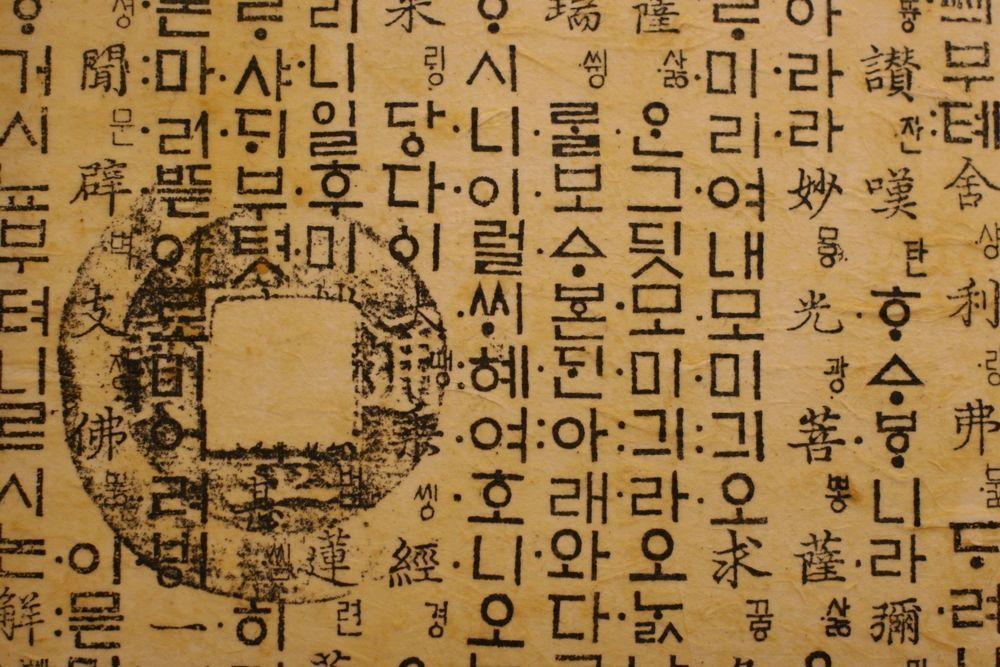
As we stated above, written information was mainly transmitted in Chinese characters. To make matters even more confusing, spoken Korean and written Korean were quite different.

The illiterate struggled to acquire information and truth. Even if they had committed a crime, they didn't understand why or how, and did not know how to appeal their grievances because they couldn't understand Chinese characters.
King Sejong took pity on the people and worked hard to develop characters that could be easily learned by people.
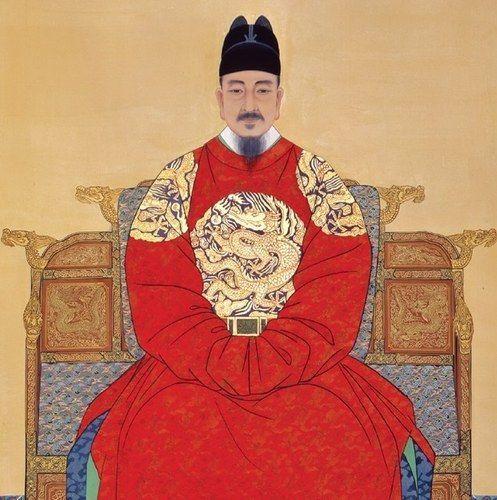
Combining diverse aspects such as phonetics, astronomy and philology, King Sejong researched so much to the point where he almost became blind. However, even with a drastic loss of vision, he insisted on working diligently to create hangul for his people.
Despite his efforts, when it was about to published, the nobles of the dominant class opposed. They were afraid that when the lower classes acquire more knowledge and wisdom through hangul, they would become difficult to command and control in the future.
King Sejong ignored the opposition of the ministers and publicly published hangul, making Korean one of the newest languages in the world.
So How Does Hangul Work?
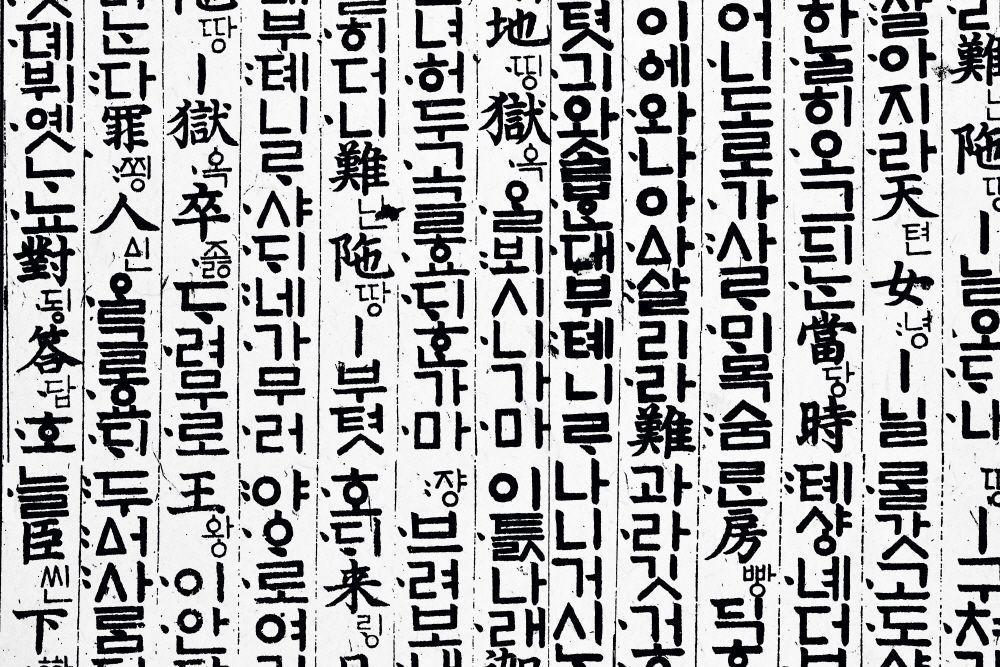
Hunminjeongeum lists 19 consonants and 21 vowels. As long as these 40 are studied, anyone can read them out. Hangul is very convenient and simple.
 |  |
 |  |
 | |
Source: zoozeros.egloos.com/m/1333096
The following consonants were created by visualizing human speech organs: ㄱ(g), ㄴ(n), ㅁ(m), ㅅ(s), ㅇ(ng). Other consonants, along with the 5, are used as the basis to create other consonants.
 Source: https://jineeya.tistory.com/661
Source: https://jineeya.tistory.com/661
The vowelsㆍ(a), ㅡ(eu), andㅣ(ee) are created based on the image of heaven, earth and people consecutively. Mixing these 3 can create 21 vowels in total.

Because the basis is combining the 40 vowels and consonants, hangul is one of the easiest characters in the world that can be acquired, even for beginners. It can also express many words of foreign languages, and its writing is relatively simple.
As long as you understand the principles, you can read all the Korean words.
And for Koreans, this is the only script created using the national system, and it is also one of the few languages that have its own unique style. For this reason, they are very proud of hangul.

Moreover, the existence of hangul makes Korean illiteracy accounted for only 1.7%, and this number is also decreasing as the younger generations are receiving more education.
Another significance of hangul is that it's also designated as a World Heritage Site by UNESCO. Some ethnic minorities who do not have their own scripts also designate Korean as their official language because of the convenience of writing pronunciations.
Sinicization
Most of you probably know, although fairly small, Chinese characters still appear in media, news and advertisements. Below you'll find a list of Chinese characters that are in use for your reference.
 Source: SBS
Source: SBS
What They Mean | Where They Are Used | |
美 | 美國 = 미국 = The United States Of America | News |
| 美 = 미 = Beautiful | TV shows, store names, advertisements | |
中 | 中國 = 중국 = China | News |
日 | 日本 = 일본 = Japan | News |
朝, 北 | 北朝鮮 = 북조선 = North Korea | News |
大, 中, 小 | 大 = 대 = Large, Big 中 = 중 = Medium, Middle 小 = 소 = Small | Merchandise sizes |
文 | 文在寅 = 문재인 = Moon Jae-in | News |
Moreover, many Koreans (middle-aged to elderly) can actually understand many Chinese characters.
Following the establishment of the Government of the Republic of Korea in 1948, Chinese characters and hangul have been used together for a long time. One of the sources you can encounter the mixed usage is in old newspapers.
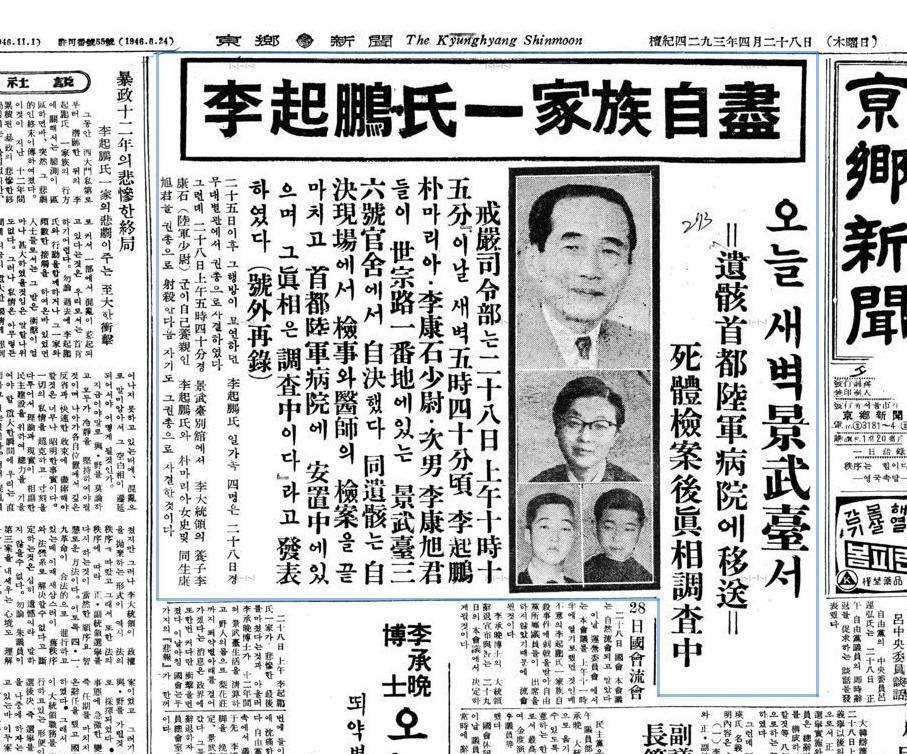
Kyunghyang News released on June 24, 1946 shows lots of Chinese characters being used in titles and texts.
Starting 1971, the South Korean government began to remove Chinese characters in primary and secondary school education system, and abolished all Chinese characters in 1988, entering a period of almost de-sinicization.
It was not until 1999 that the ban on the use of Chinese characters was partially lifted.
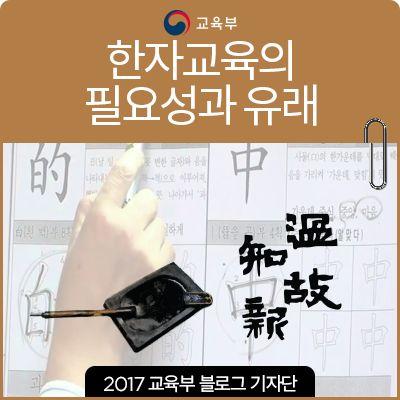
Removing Chinese characters resulted in lots of homonyms in Korean, causing confusion and playing a role in the remaining illiteracy level in Korea.
For example, 기사 could mean a newspaper article (記事), but it could also mean a driver (技士) who drives a taxi, bus or train to provide transportation services.
For this reason, some people began supporting the education of Chinese characters and classes have returned to some high schools and universities.
So what do you guys think? Do you think you'll take on learning hangul for yourself? It's really easy!

